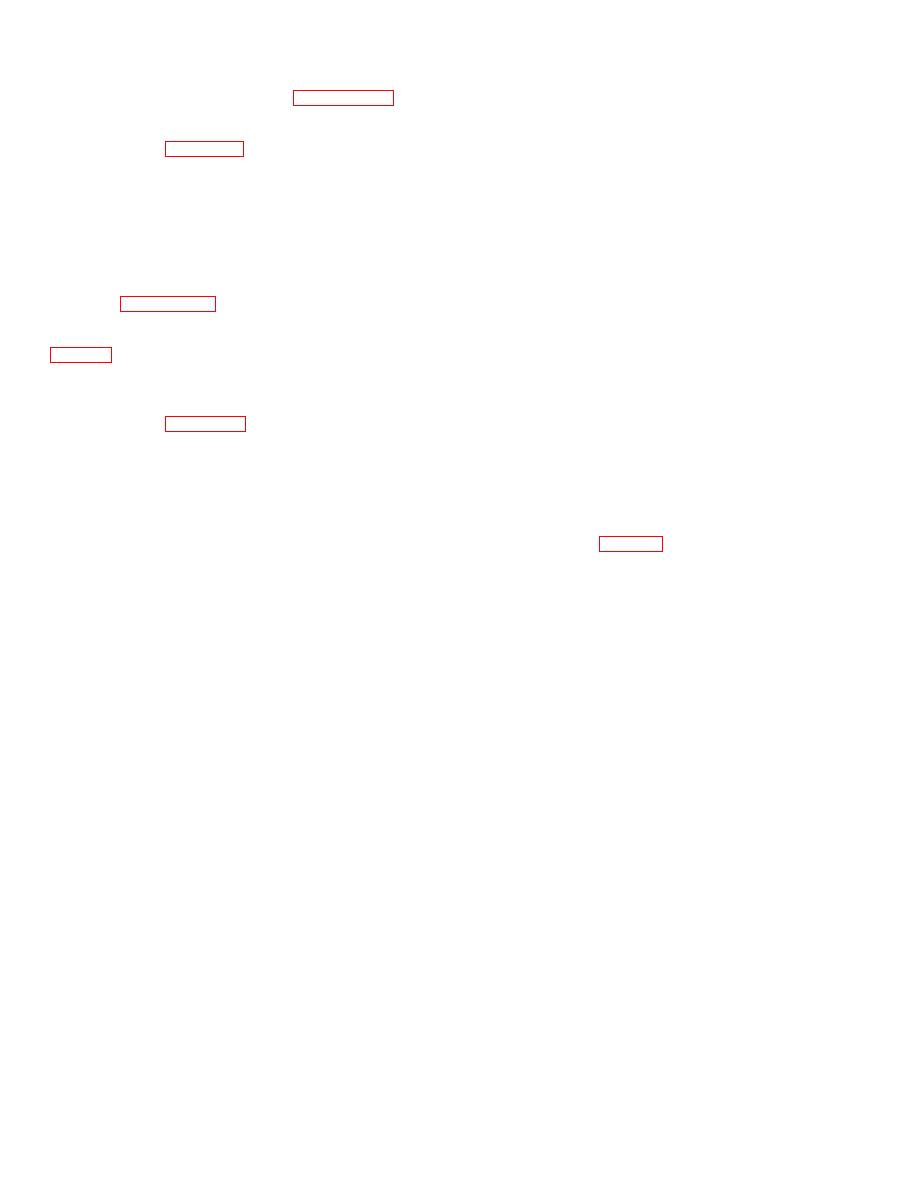 |
|||
|
|
|||
|
|
|||
| ||||||||||
|
|
 TM 9-258
corrected lens as in C and D, figure 2-67.
The
gives a flat field of view.
extremities of such a virtual image will be curved away
from the lens so that we call this phenomenon curvature
2-43. Resolving Power of Lens.
of image as in B, figure 2-69.
a. When two points viewed through a lens are so
h. Barrel Distortion. Eccentric rays refracted more
close together that they cannot be distinguished as two
by a convergent lens and cross the axis closer to the
distinct points, these points are not resolved. To make
lens than paraxial rays. Oblique centric pencils also
separation of such points possible, a lens of greater
focus closer to the lens than paraxial pencils. As the real
resolving power is required.
The measure of the
image is formed where the eccentric pencils and the
resolving power of a lens is the limiting angle of
centric pencils come to a focus, it is obvious that such an
resolution which is the angle subtended at the optical
image formed by an uncorrected convergent lens will be
center of the lens by two points which are close together
curved with the extremities of the image close to the lens
and can be just barely distinguished as two distinct
as in A, figure 2-69. This curvature of image is
separate points.
especially troublesome in wide-angle instruments. This
b. It might be supposed that a point of light on the
image on a screen will present barrel distortion (A and B,
object on being refracted through a high quality
compound lens would form a single point of light on the
clearly at one time on the screen. On a screen of the
image. However, a factor termed diffraction tends to
same curvature as that of the image, no distortion or out-
enlarge the point of light so that it merges with another
of-focus effect would appear. The human eye used such
point close to it.
a screen as in C, figure 2-69.
(1) Diffraction causes the image of a point of
i. Correction for Distortion and Curvature of Image.
light to become a tiny disk of light surrounded by a series
Distortion or curvature of image is partially corrected by
of concentric rings of light which rapidly fall off in
employing a compound lens, consisting of one
intensity, a minute bull's-eye target of light. This can be
convergent and one divergent lens, the two having
demonstrated to the best advantage by sharply focusing
different types of distortion. In certain cases, field stops
the lens on a very small single point of light. The image,
or diaphragms may also be used to restrict the passage
if it were greatly magnified, would resemble a series of
of undesired marginal rays. A highly corrected distortion-
concentric rings (fig 2-70). The images of more detailed
free eyepiece or lens system is called orthoscopic; it
objects are made up of these tiny bullseyes.
gives an image in correct normal proportions and
(2) Diffraction sets the final limit to the
sharpness of the image formed by a lens.
2-53
|
|
Privacy Statement - Press Release - Copyright Information. - Contact Us |